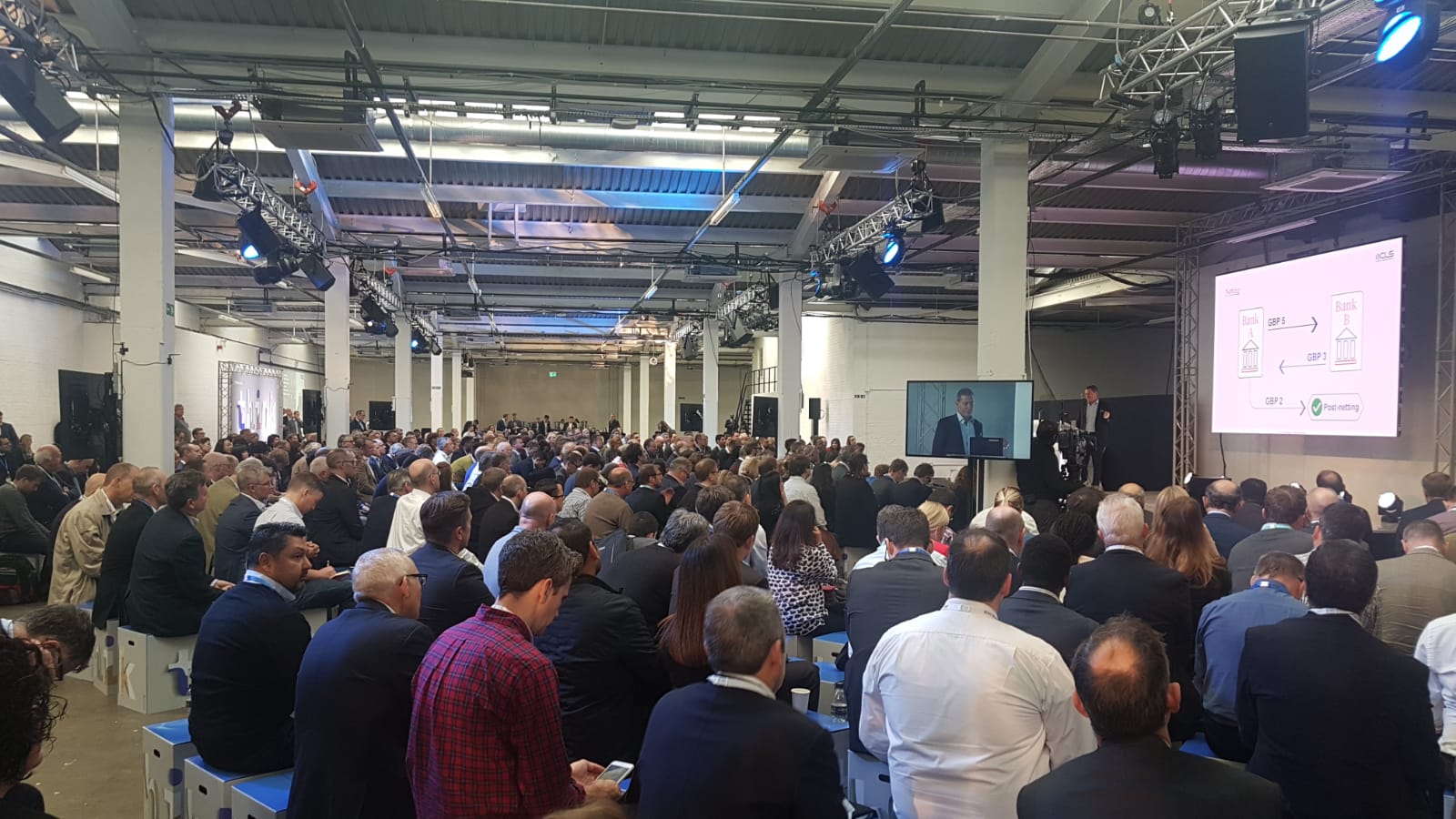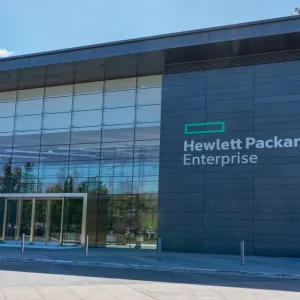
The world’s leading provider of FX settlement services, CLS, is launching a blockchain-based “netting” service within a matter of days, the company’s Chief Strategy Officer Alan Marquard said today.
Speaking at the IBM Think conference in London, he told a packed audience that the company, which settles some $5 trillion daily, would be operating the first “enterprise-level, open-for-business service” based on distributed ledger technology (DLT) in the financial markets.
He told Computer Business Review, before excusing himself saying the news was under embargo, that the launch would start small and scale up.
When asked what volumes the syst em would start with, he said: “It doesn’t matter. It will be interesting to see what we are doing by the end of Q1 though. We also start small with something like this and watch closely.”
em would start with, he said: “It doesn’t matter. It will be interesting to see what we are doing by the end of Q1 though. We also start small with something like this and watch closely.”
Netting entails offsetting the value of multiple positions or payments due to be exchanged between two or more parties, for example to account for currency volatility caused by timezone difference. It can be used to determine which party is owed remuneration in a multiparty agreement.
Blockchain to Resolve Settlement Disputes
A whitepaper by IBM and CLS suggests that the former’s hyperledger-based blockchain can handle the 2.9 million daily transactions that lead to an average of 25,000 disputes annually and tie up about $100 million in capital.
Through use of the system, the time to resolve disputes is expected to drop from more than 40 days to fewer than ten, improving capital efficiency by 40 percent, the paper suggests.
Read this: The Top 10 New Blockchain Technologies and Companies
Speaking at the summit, Alan Marquard said: “People in the markets currently spends thousands and thousands on reconciliation and even litigation, trying to settle every little thing…”
He added, on the broader use of blockchain in the financial services sector: “If there is one thing I would say it’s that tech providers need to have respect for business knowledge.”
“What you want to disrupt is inefficiency… but if something looks inefficient there may be 1000 reasons for that: regulators may be intolerant of change, for example. Disruption may sound exciting but make sure you do it with those who know the business processes you are trying to solve.”
“If I have to be brutal… in the early days of blockchain there was a lot of pretty uninformed promise of changing the world, by people who haven’t taken the effort to understand the space.”
IBM’s blockchain platform is built on the Linux Foundation’s Hyperledger Fabric; the first blockchain system that runs distributed applications written in standard, general-purpose programming languages, (e.g., Go, Java, Node.js), without a systemic dependency on a native cryptocurrency.
The company offers it as a service, with a starter plan that costs $250 per month for the membership fee and $125 per month per peer deployed.
IBM Announces Raft of New Blockchain Customers
The news comes as IBM today announced a host of new clients for its blockchain offering. These include Telefónica which is working on a proof-of-concept to help solve one of the major challenges of operators, the management of international mobile phone call traffic.
See also: Open Banking: It Doesn’t Need to Be “Rip and Replace”
“The project resolves in real time the veracity and traceability of the information generated by the different networks of the operators when they route an international call thanks to a decentralised platform to which all the operators that intervene in the process have access. As a consequence, fraudulent behaviors and discrepancies between the information recorded by each operator are significantly reduced,” the two said in a release.






